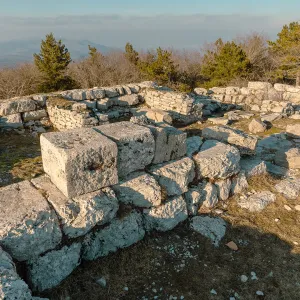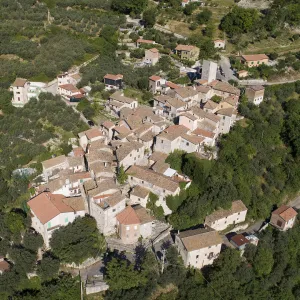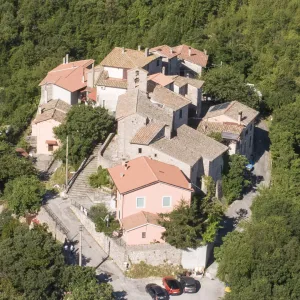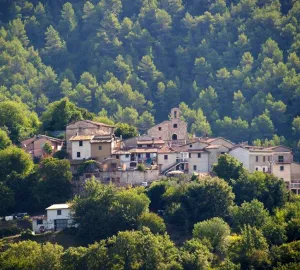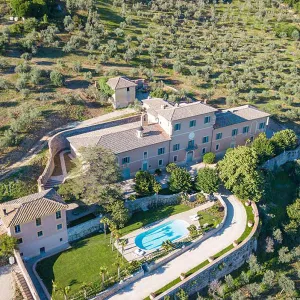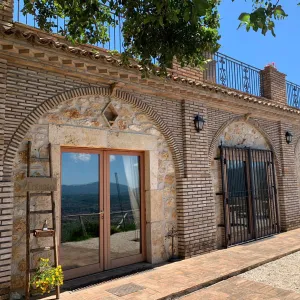Poggio Lavarino
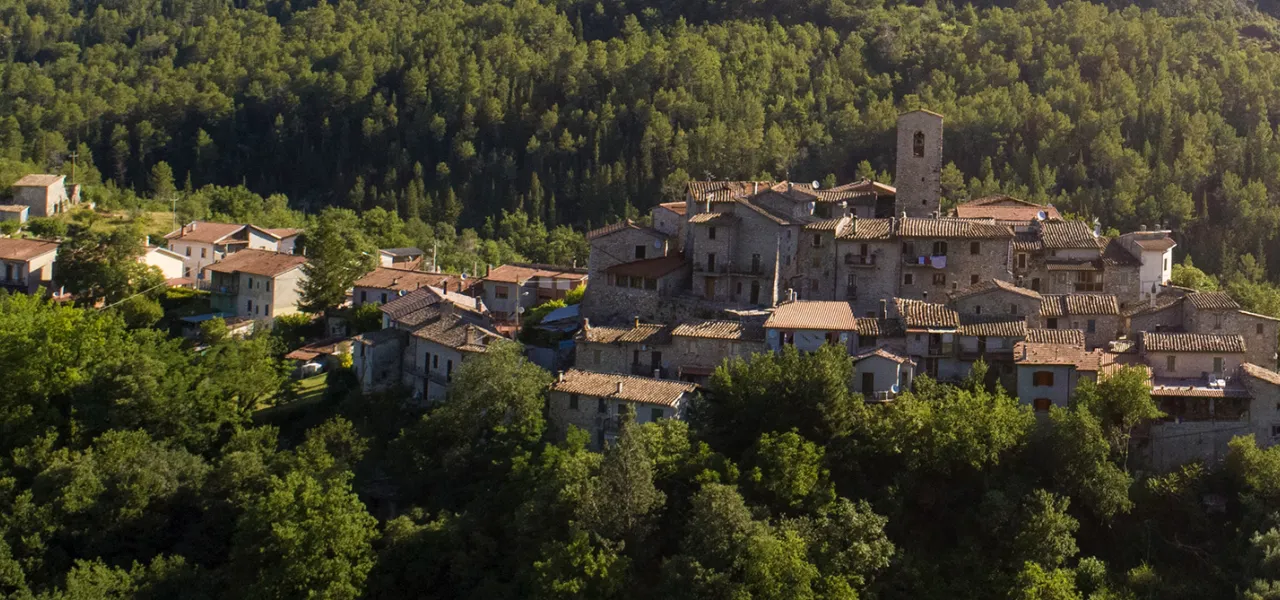
The small village clusters compactly around the bell tower that stands at the highest point of this centre of the Valserra. If today this tower is its connotative feature, in past centuries, especially in the Middle Ages, it was a strategic lookout point on the road network connecting Terni and Spoleto.
Although the settlement was formed around this functional structure from the 14th century onwards, there are 'clues' to suggest that there had already been a settlement on this site in Roman times - reused materials from this period can be seen in the wall structures of some dwellings. It is also certain that a Benedictine monastic community lived on the site.
Some documents from the 17th century refer to the 'House of St Benedict' located inside the village and which, according to tradition, had been the home of the holy monk. Even in the 17th century, one of the altars of the village church was dedicated to the founder of the monastic order, whose name is also found in some place names. For example, in 'la Cargara', near the village, runs the 'San Benedetto ditch'; in this area also remain the ruins of the monastery of 'San Benedetto de Calcharia' mentioned in several medieval documents.
Another landmark of Poggio Lavarino is the Church of San Bernardino, adjacent to the tower. The interior, which is a remake of the original building, features a fresco in the small apse dating back to the end of the 16th century depicting the Madonna and Child with St. Bernardino on her left side, whose image is however incomplete, and St. Benedict on the right side.
